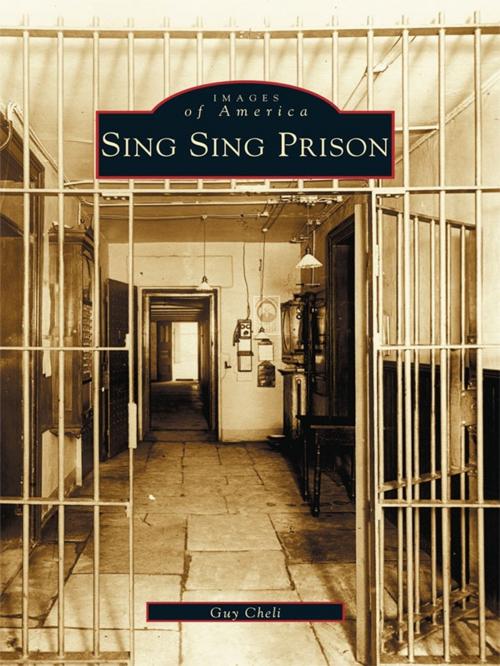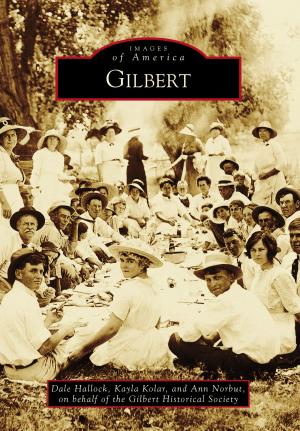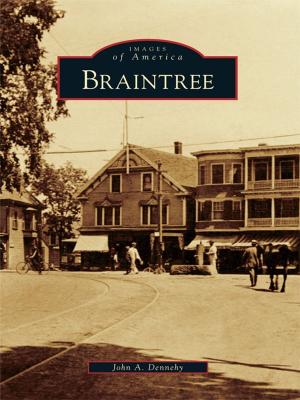Sing Sing Prison
Nonfiction, Social & Cultural Studies, Social Science, Crimes & Criminals, Penology, Art & Architecture, Photography, Pictorials, Travel, True Crime| Author: | Guy Cheli | ISBN: | 9781439628720 |
| Publisher: | Arcadia Publishing Inc. | Publication: | July 1, 2003 |
| Imprint: | Arcadia Publishing | Language: | English |
| Author: | Guy Cheli |
| ISBN: | 9781439628720 |
| Publisher: | Arcadia Publishing Inc. |
| Publication: | July 1, 2003 |
| Imprint: | Arcadia Publishing |
| Language: | English |
A popular backdrop for numerous movies, Sing Sing, or "the Big House," has been a site of both controversy and reform. The history of Sing Sing dates back to 1825, when warden Elam Lynds brought one hundred inmates to begin construction of the prison "up the river" on the banks of the Hudson. The marble quarry that supplied the building material for the prison was located in an area that was once home to the Sint Sink, a Native American tribe whose name means "stone upon stone." Prison life was dominated by hard labor during the early years. Convicts in striped suits and shackles built the prison with their own hands. With the arrival of warden Lewis Lawes in 1920, Sing Sing became the most progressive prison of its kind. During this time, the New York Yankees traveled up to Sing Sing to play the prison's home baseball team; the prison grounds were landscaped with shrubbery and flower gardens; and the compound grew to include a chapel, mess hall, barbershop, library, and gymnasium. The electric chair was first introduced at Sing Sing in 1891. Julius and Ethel Rosenberg, the first civilians to be found guilty of espionage, were put to death there in 1953. Sing Sing Prison contains rare photographs from the prison archives, the Ossining Historical Society, and a private collection.
A popular backdrop for numerous movies, Sing Sing, or "the Big House," has been a site of both controversy and reform. The history of Sing Sing dates back to 1825, when warden Elam Lynds brought one hundred inmates to begin construction of the prison "up the river" on the banks of the Hudson. The marble quarry that supplied the building material for the prison was located in an area that was once home to the Sint Sink, a Native American tribe whose name means "stone upon stone." Prison life was dominated by hard labor during the early years. Convicts in striped suits and shackles built the prison with their own hands. With the arrival of warden Lewis Lawes in 1920, Sing Sing became the most progressive prison of its kind. During this time, the New York Yankees traveled up to Sing Sing to play the prison's home baseball team; the prison grounds were landscaped with shrubbery and flower gardens; and the compound grew to include a chapel, mess hall, barbershop, library, and gymnasium. The electric chair was first introduced at Sing Sing in 1891. Julius and Ethel Rosenberg, the first civilians to be found guilty of espionage, were put to death there in 1953. Sing Sing Prison contains rare photographs from the prison archives, the Ossining Historical Society, and a private collection.















